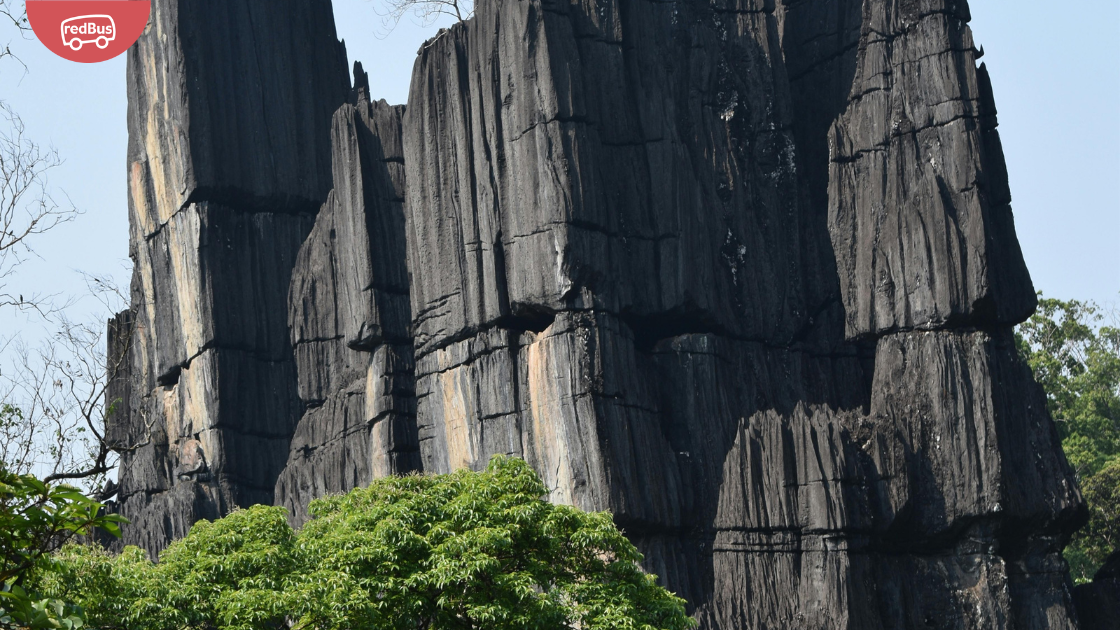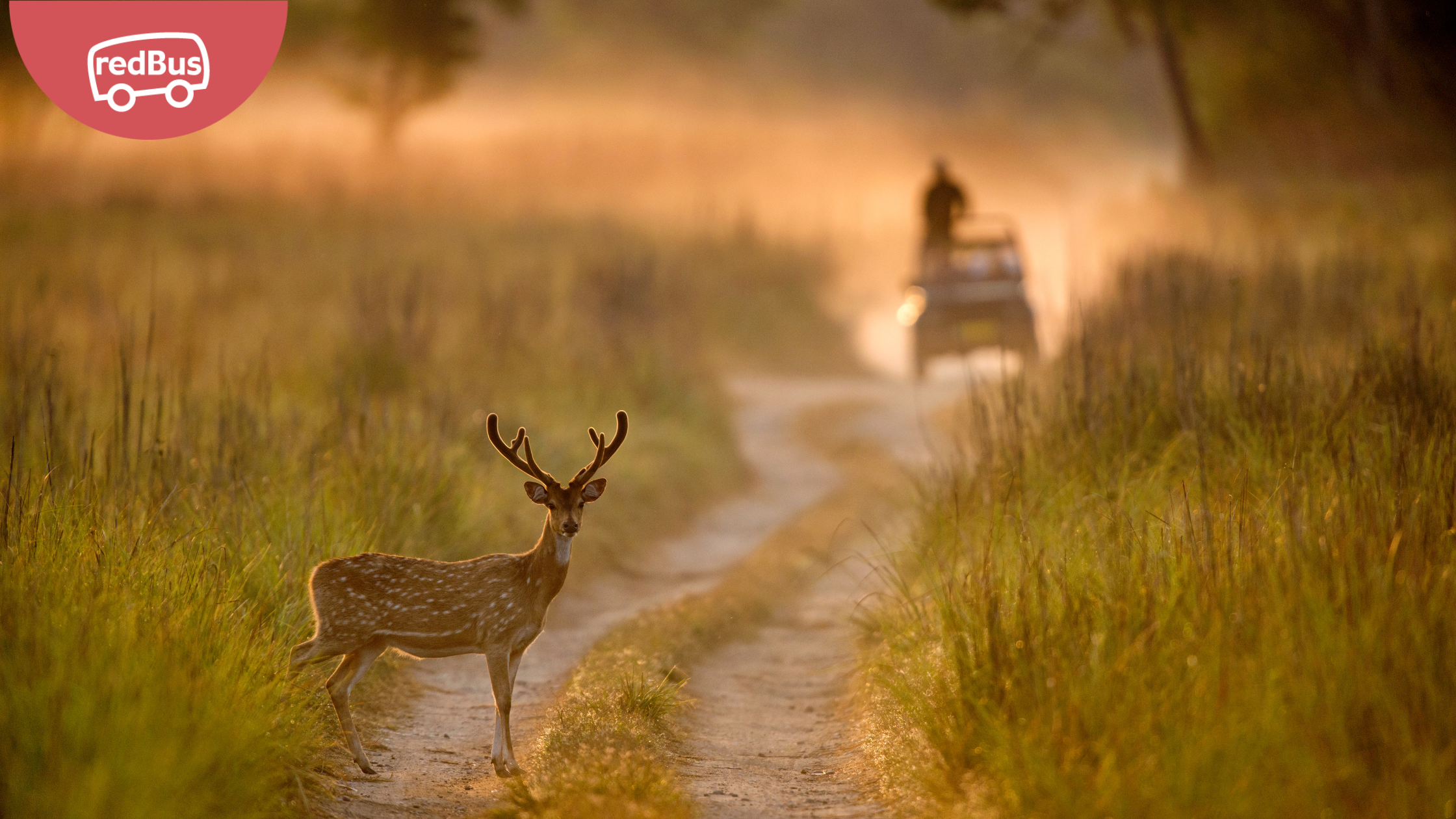Uttar Pradesh, a state in northern India, is a land of spiritual and cultural significance. One of the most enchanting aspects of this region is its river ghats, which are places of religious importance and sites of immense historical and cultural value. The ghats of Uttar Pradesh, particularly those along the sacred rivers Ganga and Yamuna, are steeped in tradition and are bustling with life and activity. In this blog, we will explore some of the most famous river ghats in Uttar Pradesh, delving into their history, significance, and the vibrant culture that surrounds them.
1. Dashashwamedh Ghat, Varanasi
History and Significance
Dashashwamedh Ghat is the most famous and one of the oldest ghats in Varanasi, situated on the banks of the Ganga River. According to legend, it was created by Lord Brahma to welcome Lord Shiva. The name Dashashwamedh comes from the ten (das) horses (ashwa) sacrificed (medh) by Brahma during a yajna (ritual).
Activities and Attractions
The ghat is renowned for the Ganga Aarti, a spectacular evening ritual performed by priests with lamps, chants, and music. This spiritual ceremony attracts thousands of devotees and tourists daily. During the day, the ghat is bustling with activities such as bathing, performing puja (prayers), and offering diyas (lamps) to the river.
2. Assi Ghat, Varanasi
History and Significance
Assi Ghat is located at the confluence of the Ganga and Assi rivers and is one of the most important ghats in Varanasi. It is believed that Lord Shiva rested here after slaying the demon Shumbha-Nishumbha and that Goddess Durga also worshipped Shiva at this spot.
Activities and Attractions
Assi Ghat is a popular spot for pilgrims and tourists alike. The ghat offers a serene environment for meditation, yoga sessions, and spiritual discourses. The Subah-e-Banaras program, which includes morning aarti, classical music, and yoga, is a major attraction here.
3. Manikarnika Ghat, Varanasi
History and Significance
Manikarnika Ghat is one of the oldest and most sacred ghats in Varanasi. It is considered a prime cremation ghat, where Hindus believe that performing the last rites here ensures liberation from the cycle of rebirth. The ghat is named after the earrings (Manikarnika) of Goddess Parvati, which are said to have fallen here.
Activities and Attractions
The ghat is always active with cremation rituals, making it a place of profound spiritual significance. Nearby, you can visit the Manikarnika Kund and the Tarakeshwar Temple, which is also associated with Lord Shiva’s lore and Goddess Parvati.
4. Scindia Ghat, Varanasi
Scindia Ghat, also known as Shinde Ghat, is named after the Scindia family who built it in the early 19th century. It is noted for the partially submerged Shiva temple, which sank into the river due to the construction of the ghat.
This ghat is less crowded compared to others, offering a tranquil experience. The sight of the sunken Shiva temple adds a mystical charm to the ghat. It is also a great spot for photography and observing the daily life along the Ganga.
5. Panchganga Ghat, Varanasi
Panchganga Ghat is where five sacred rivers—Ganga, Yamuna, Saraswati, Kirana, and Dhutpapa—are believed to converge. This ghat holds significant religious importance and is mentioned in ancient Hindu scriptures.
The ghat is home to the Alamgir Mosque, also known as Beni Madhav Ka Darera, built by Aurangzeb. The Ghat is relatively peaceful and offers a spiritual ambiance, making it ideal for meditation and reflection.
6. Kesi Ghat, Vrindavan
Kesi Ghat in Vrindavan is one of the most revered ghats associated with Lord Krishna. According to legend, this is the spot where Krishna killed the demon Kesi and took a bath in the Yamuna River to purify himself.
The evening aarti at Kesi Ghat is a mesmerizing experience, with devotees offering lamps and flowers to the Yamuna. The ghat is also a great place to take a boat ride on the Yamuna, providing a scenic view of the ghats and temples of Vrindavan.
7. Ram Ghat, Chitrakoot
Ram Ghat in Chitrakoot is situated on the banks of the Mandakini River. It is believed that Lord Rama, along with Sita and Lakshmana, spent a significant part of their exile here. The ghat is mentioned in the epic Ramayana and holds immense religious importance.
The ghat is known for its tranquil environment and spiritual activities. Devotees often take a holy dip in the Mandakini River and offer prayers at nearby temples such as Bharat Milap Mandir and Hanuman Dhara.
8. Saraswati Ghat, Allahabad
Saraswati Ghat is one of the lesser-known but significant ghats in Allahabad (Prayagraj), located near the confluence of the Ganga, Yamuna, and the mythical Saraswati rivers. The ghat is named after the Saraswati River, which is believed to merge here.
The ghat is ideal for quiet contemplation and enjoying the scenic beauty of the Triveni Sangam. It is also a great spot for photography and observing the confluence of the three rivers.
9. Raj Ghat, Varanasi
Raj Ghat is an ancient ghat located at the northern end of Varanasi. It is historically significant as the starting point of the sacred Panchatirthi Yatra, a pilgrimage route through five important ghats.
The ghat is known for its peaceful ambiance and historical structures. The Adi Keshava Temple, located nearby, is a must-visit for its ancient architecture and spiritual significance.
10. Sangam Ghat, Allahabad
Sangam Ghat in Allahabad (Prayagraj) is the most famous and sacred ghat in the city. It is located at the confluence of the Ganga, Yamuna, and the mythical Saraswati rivers. The site is one of the four locations of the Kumbh Mela, the largest religious gathering in the world.
Taking a dip at the Sangam is considered highly auspicious, believed to cleanse one’s sins. The ghat is also a starting point for boat rides that offer a panoramic view of the confluence. The Allahabad Fort, located nearby, is another significant attraction.
11. Darbhanga Ghat, Varanasi
Darbhanga Ghat is one of the most architecturally impressive ghats in Varanasi. It was built in the early 1900s by the royal family of Darbhanga in Bihar. The ghat is known for its stunning palatial structures and serene environment.
The ghat offers a picturesque setting for photography and a peaceful atmosphere for relaxation. The nearby Brijrama Palace, now a luxury hotel, adds to the ghat’s grandeur and charm.
12. Tulsi Ghat, Varanasi
Tulsi Ghat is named after the famous poet-saint Tulsidas, who is said to have lived here while writing the epic Ramcharitmanas. The ghat is also known for its association with several significant cultural and religious activities.
Tulsi Ghat is a hub for cultural performances, especially during the Ramleela and other festivals. The ghat is also a center for the traditional Banarasi wrestling (kushti), adding to its vibrant cultural tapestry.
13. Ghats of Ayodhya
Ayodhya, the birthplace of Lord Rama, is home to several significant ghats along the Saryu River. These ghats hold immense religious importance and are frequented by pilgrims year-round.
Some of the prominent ghats in Ayodhya include Ram ki Paidi, Nageshwarnath Ghat, and Laxman Ghat. These ghats are known for their spiritual ambiance, rituals, and festivals, especially during Ram Navami.
14. Shivala Ghat, Varanasi
Shivala Ghat, located near the southern end of Varanasi, is known for its historical significance and association with the royal family of Nepal. The ghat was constructed in the 18th century by the Nepalese King Sanjay Vikram Shah.
The ghat is less crowded and offers a peaceful environment for visitors. The nearby temples and the historical architecture of the ghat make it a fascinating place to explore.
15. Phool Chatti Ghat, Varanasi
Phool Chatti Ghat is named after the flower market that once thrived here. It is one of the quieter ghats in Varanasi, offering a serene and picturesque setting.
The ghat is an excellent spot for those looking to escape the hustle and bustle of the more crowded ghats. The peaceful environment and the beautiful views of the Ganga make it a perfect place for meditation and relaxation.
Conclusion
The river ghats of Uttar Pradesh are not just geographical locations but living embodiments of the state’s rich cultural, spiritual, and historical heritage. From the bustling Dashashwamedh Ghat in Varanasi to the serene Kesi Ghat in Vrindavan, each ghat has its unique charm and significance. These ghats offer a glimpse into the timeless traditions and vibrant life along the sacred rivers of India.
Exploring these ghats is a journey through the heart of Uttar Pradesh, where the past and present coexist harmoniously. Whether you are seeking spiritual solace, cultural immersion, or simply a peaceful retreat, the ghats of Uttar Pradesh promise an unforgettable experience.
For a comfortable and convenient journey to these remarkable ghats, consider booking a UPSRTC bus ticket on RedBus. Enjoy the scenic routes and immerse yourself in the rich tapestry of traditions and history that make Uttar Pradesh a truly enchanting destination.










